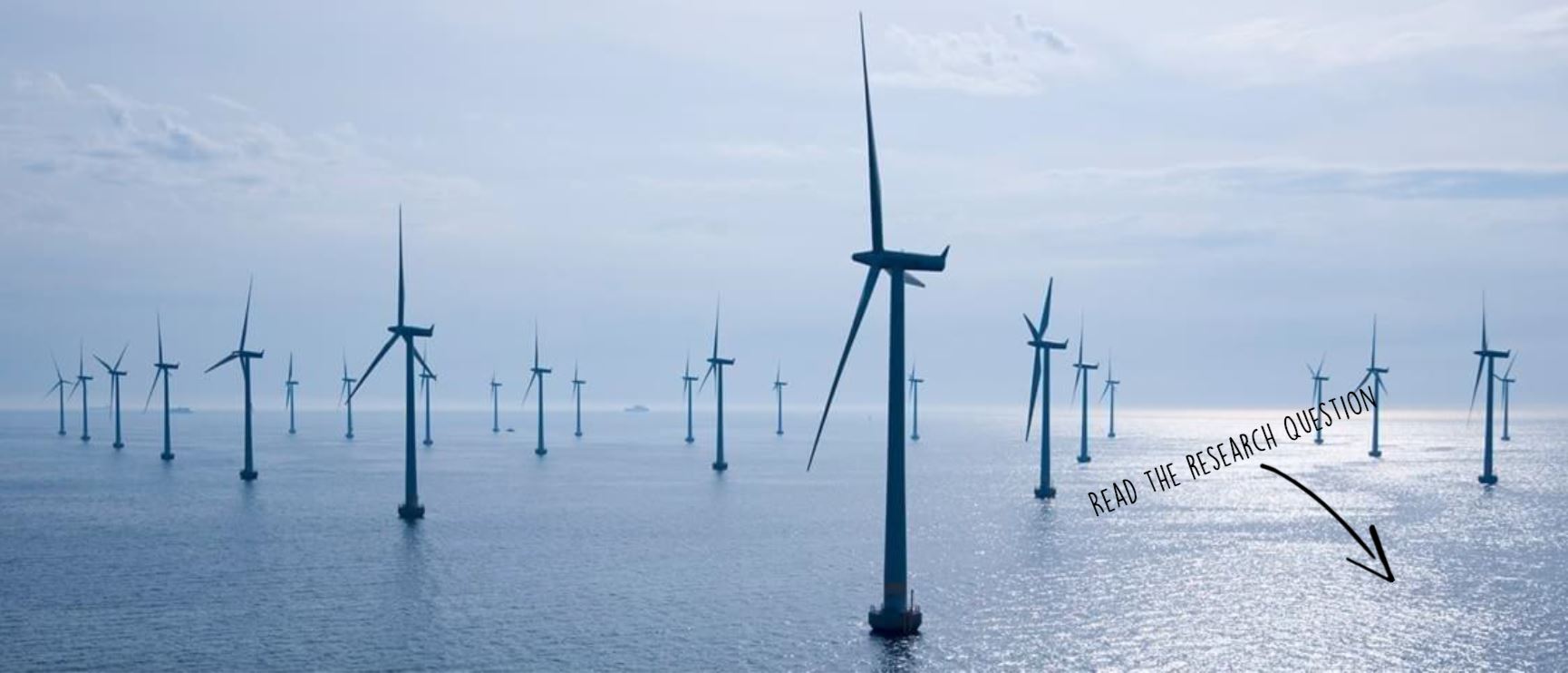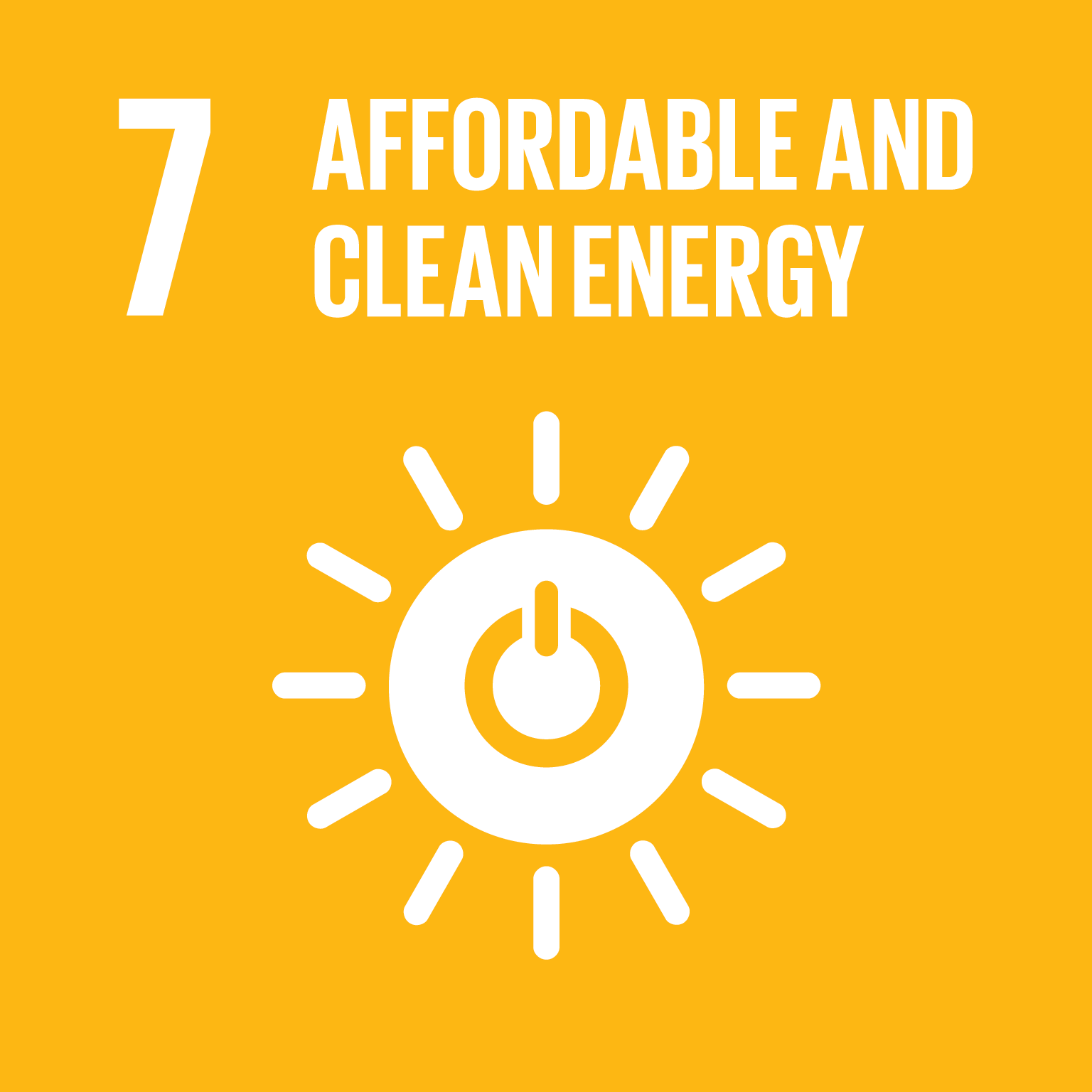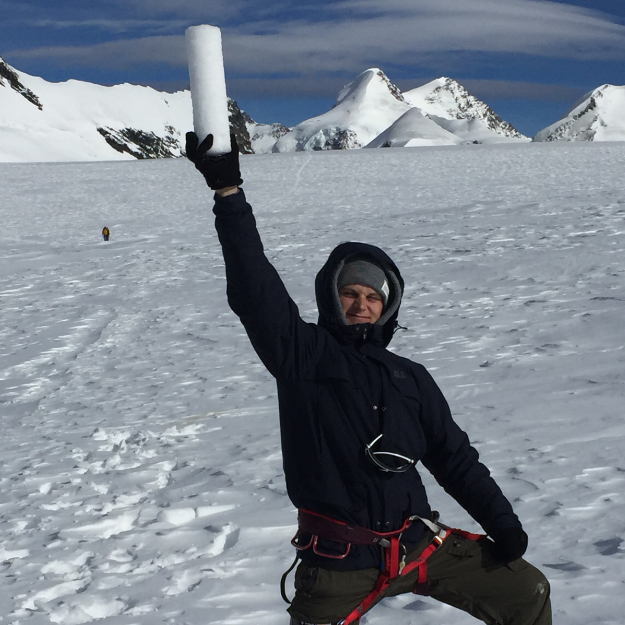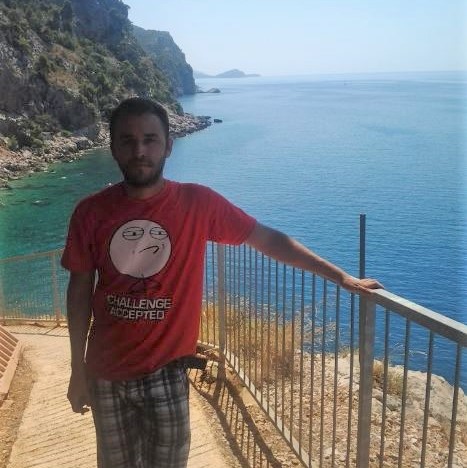
What are renewable ressources?

Renewable energy is a type of energy collected from never-ending, renewable resources, such as sunlight and heat, wind, water (rain, river-stream, tides, wawes), geothermal energy and bio-waste. It is mostly used for the production of electricity and the heating or cooling of air and water. While fossil fuels are non-renewable, that is, they draw on finite resources that will eventually dwindle, becoming too expensive or too environmentally damaging to retrieve, many types of renewable energy resources are constantly replenished and will never run out. In 2017, around 20% of global energy production came from renewable energy sources.
Learn more / source: Renewable energy World
Photo source: Solar panel
Shouldn't we use it even more?
Of course we should! However, there are some reasons this type of energy is more expensive - or rather, less popular - to produce and to use than fossil fuel energy. Favorable renewable resources are often located in remote areas and it can be expensive to build power lines from the renewable energy sources to the cities which need the electricity. In addition, renewable sources are not always available, that is, clouds can reduce electricity from solar power panels; days with low or too strong wind reduce electricity from wind farms, and droughts reduce the water available for hydropower. Furthermore, some people might argue that some other ecological problems come with this type of energy production - for example, the impact of wind turbines on wildlife, most notably on birds and bats, has been widely documented and studied. New technologies should, however, decrease negative impact on the wildlife. The future is really exciting!
Learn more / source: Union of concerned scientists

Sustainable Development Goals
The Sustainable Development Goals (SDGs) should be reached by all UNO-members until 2030. One from 17 goals concerns about affordable and clean energy. The targets of this goal are:
Learn more / source: Sustainable Development Goal
Title image source: Link
The map shows all countries of Europe displaying the amount of their renewable energy consumption relating to the total national usage. With the slider below one can choose the year of interest and the map refreshes automatically. On the bottom left there is a line chart showing the consumption of renewable energy of a certain country over time. The country can be selected by clicking on it on the map. The orange point on the line chart is reffering to the year of interest.
The data is provided by THE WORLD BANK - Data section (Link). The dataset contains the annual values of the relative renewable energy consumption of every country (if the data is in some form available). All of their data is provided without any charge. According to their website, the World Bank works closely with the international statistical community including the agencies of the United Nations (UN), the Organisation for Economic Co-Operation and Development (OECD), the International Monetary Fund (IMF) and the regional development banks.
Choropleth map:
According to Rase (Rase 2016: 12) is data, which is visualized with a choropleth-map, generally made of relative quantities. This is the case concerning our data. It makes sense to have a look at relative data (the relative amount of renewable energy consumption in relation to the total energy consumption of a country) here, since a comparison of the total amount of energy consumption is dependent on the size of a country. Furthermore, a choropleth map does not deform the country borders as e.g. a cartogram. We deliberately made this choice since we want this interactive to be as user-friendly as possible, particularly for people which are not that strong in spatial thinking.
(Rase, Wolf-Dieter 2016: Kartographische Oberflächen: Interpolation, Analyse, Visualisierung. Books on Demand, 340 pages.)
Colors and number classification:

We decided to use a single-color scheme, since the visualized data has just one thematic aspect, which goes from a low to a high relative amount. The choice of the color blue has following reasons: Since renewable energy consumption is connected to some positive feelings, we should decide on a strong color such as blue. Alarming colors such as red are indication something more critical or less positive. Furthermore, the color blue is a component of the whole layout of our webpage.
The values are not divided in equally large ranges which has a reason: While most countries have still a relatively small amount of renewable energy consumption (REC), most data is in the lower half considering their amount of REC. Therefore, it makes sense to have smaller ranges in the lower part of our data to show these small differences in a more efficient way. Only a few countries show extremely large values in comparison to all the other countries of Europe and can therefore be considered as extreme values. Avoiding to have empty classes, the ranges of the higher values are larger then the ones below.
Basemap and Projection:
We decided to choose a rather simple base map with less colors and toponyms on it. Countries are visualized in white while the sea has the color grey. This is perfect for our map, since the grey color does not disconcert the blue color scheme of the choropleth-map. Furthermore, the white color of the countries does not have any influence on the semi-transparent choropleth-map.
For the whole base-map including the polygon-layer of the European countries the well-known Mercator projection is used. This cylinder-projection deforms the shapes of the countries in direction of the cylinder-axis but provides an isogonal projection. Due to our focus on Europe, which also corresponds to the default zoom-level, we decided that this projection type fits best for our map.
Animation:
The map does not include any automated changes. With the slider-bar the year of interest can be changed, which also leads to a change in the choropleth-map. To avoid animation blindness the values of the countries are always displayed when hovering with the computer-mouse over it. The main focus on providing the data of every year since 1990 on our map is to detect major trends in the development. For example a direct switch from 1990 to 2014 shows a distinctive change from very light-blue in the middle-east part of Europe to a darker blue.
The gallery we present here contains stories of different types of renewable energy across all regions of Europe. We tried to present diversity in the production of energy from the renewable sources. Some of the following countries presented might not be in the top places of the renewable energy production, however we tried to put emphasis on possibilities in the development.
We are a small but yet enthusiastic team of two Geography students of the University of Zurich. Our goal with this project is to develop our knowledge of R even further, explore secrets of HTML, and even more important, to learn about renewable energy usage in Europe and its significance.
Without any further ado, this is us:

R-Shiny Master
"My life is suffering. Oh, I ment surfing"
thomas.mathis3@uzh.ch

HTML Master
"Unless it's free, I cannot afford it."
tomislav.grcic@uzh.ch